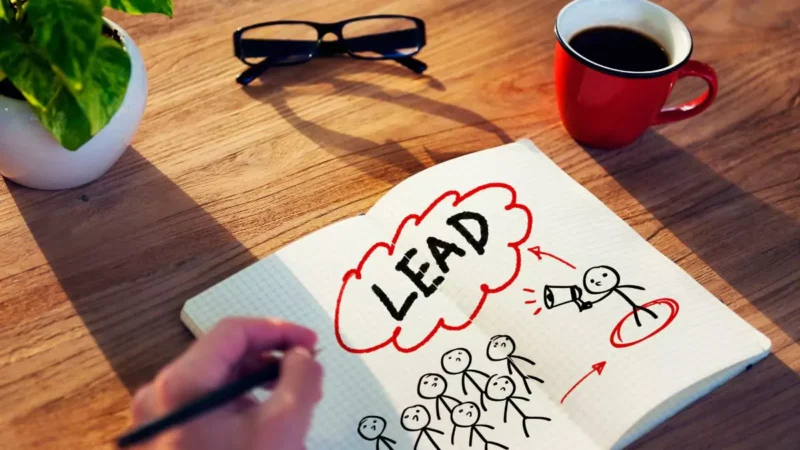Have you ever wondered why some people are great at capturing attention while others struggle to convey their message? In our world filled with information, mastering effective communication is crucial. Whether you’re writing an essay, giving a presentation, participating in webinars, or solving crossword puzzles, how you share your ideas can make a huge difference. Want to know how to keep your audience engaged and inspired? Dive into “Lead-in to Lingo” to discover the secrets of clear and effective communication. Keep reading to unlock these insights!
Understanding The Concept
A “Lead-in to Lingo” sets the stage for any discussion or piece of writing. It’s the introductory part that prepares the audience for what’s coming next, making complex ideas more accessible and ensuring your audience is engaged from the start.
ALSO READ:“Embracing Coomersu: Crafting Meaningful Connections In The Digital Age”
The Power Of Introductions
Introductions are vital for setting the tone of your message. Whether you use an intriguing story, a thought-provoking question, or a surprising fact, the goal is to capture attention immediately. Effective communicators know that a well-crafted lead-in is key to engaging their audience and initiating meaningful conversations.
Adapting To Different Audiences
Communication isn’t one-size-fits-all. Tailoring your lead-ins to match your audience’s preferences, interests, and level of understanding is essential. Whether you’re speaking to industry veterans or newcomers, adjusting your content ensures that everyone stays engaged and can follow along.
Making Complex Ideas Simple
In fields like financial services, technology, and regulatory requirements, complex concepts can be overwhelming. Effective communicators break down these ideas into understandable terms using clear language, practical examples, and relevant stories, making the information accessible to everyone.
Building Connections
Communication is more than just sharing information—it’s about building connections. A well-crafted lead-in establishes rapport with the audience, showing that you understand their perspectives and value their feedback. This connection is essential for meaningful interactions and successful collaborations.
Improving Communication Skills
Enhancing your communication skills requires continuous learning and practice. Participating in webinars, attending online meetings, and engaging with interactive content are great ways to improve. Additionally, understanding non-verbal cues and practicing active listening are crucial for effective communication.
Learning from Successful Examples
Studying successful communicators and their strategies can provide valuable insights. For example, TED Talks are known for their effective storytelling and communication techniques. Analyzing these can teach you how to engage audiences and convey messages effectively.
Measuring Communication Effectiveness
Assessing how well your communication is received is important. You can gather feedback through audience surveys, monitor engagement metrics, and analyze interaction levels. These insights help refine your approach and ensure your message resonates with your audience.
Overcoming Challenges
Effective communication often faces challenges like language barriers and cultural differences. Overcoming these hurdles is crucial for effective communication. Using tools like translation services, cultural training, and clear communication strategies can help.
The Future Of Communication
Advances in technology, such as virtual reality and artificial intelligence, are transforming the way we interact and communicate. Embracing these technologies can enhance communication strategies and open up new avenues for engagement. Staying updated with the latest trends is vital for communicators to remain effective and relevant.
READ MORE: Exploring the //vital-mag.net blog: Health and Wellness
Conclusion
Mastering the art of lead-ins is essential for effective communication in today’s fast-paced world. By making complex ideas simple and building strong connections with their audience, communicators can inspire and engage people across various fields. As we navigate the evolving landscape of communication, it’s important to remember the value of a well-crafted lead-in in establishing meaningful connections and enhancing understanding.
FAQs
What is the purpose of a lead-in?
A lead-in introduces the speaker and the topic, setting the stage for a more detailed discussion.
How can I make my lead-ins more engaging?
Use stories, questions, or surprising facts to grab the audience’s attention right from the start.
Are there any industries where lead-ins are particularly important?
Yes, fields like financial services, technology, education, and consumer services depend heavily on effective communication due to the complexity of the topics discussed.
Can lead-ins be used in written communication as well?
Definitely! Lead-ins are effective in enhancing essays, reports, presentations, and other forms of written communication, making them more engaging and easier to understand.











